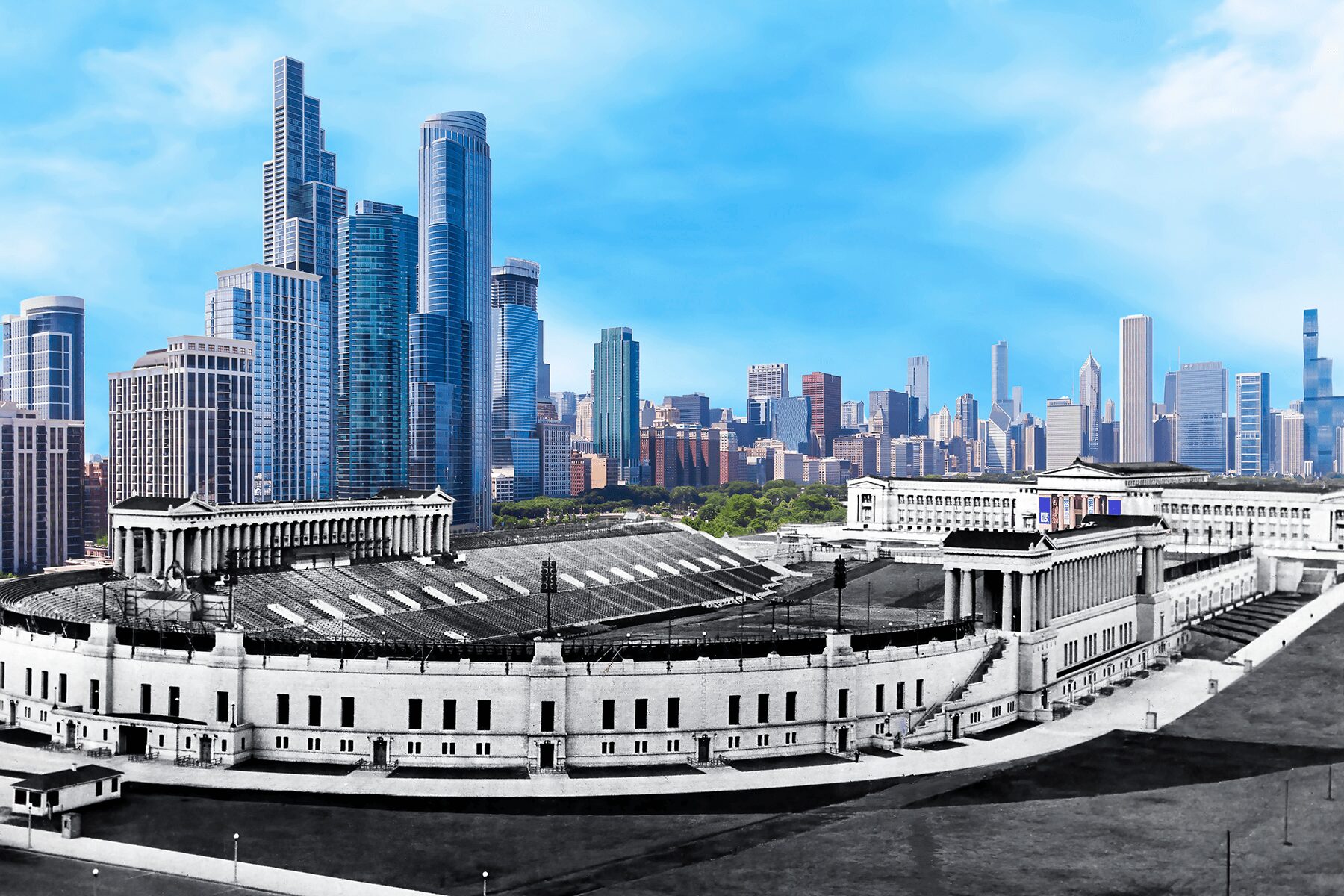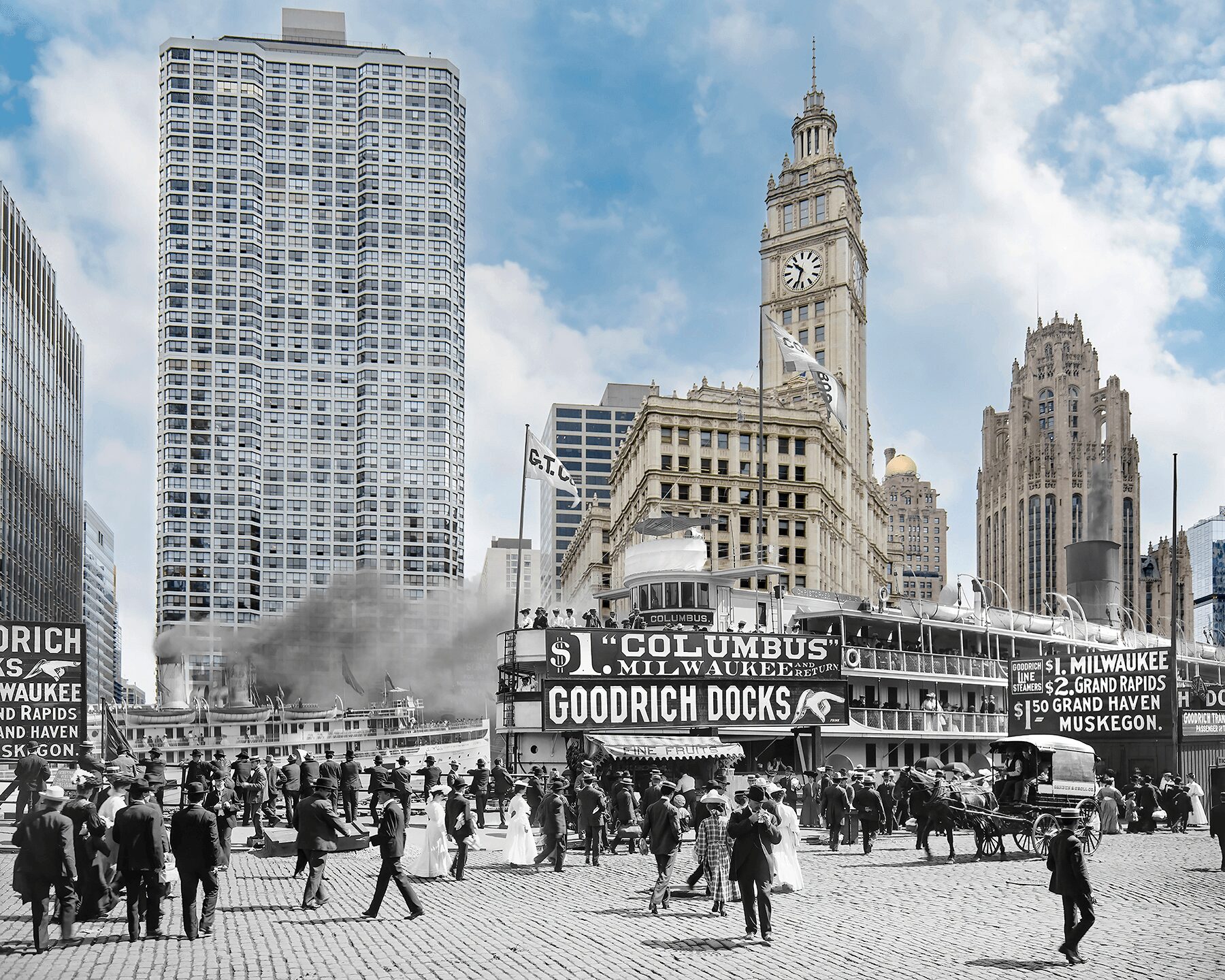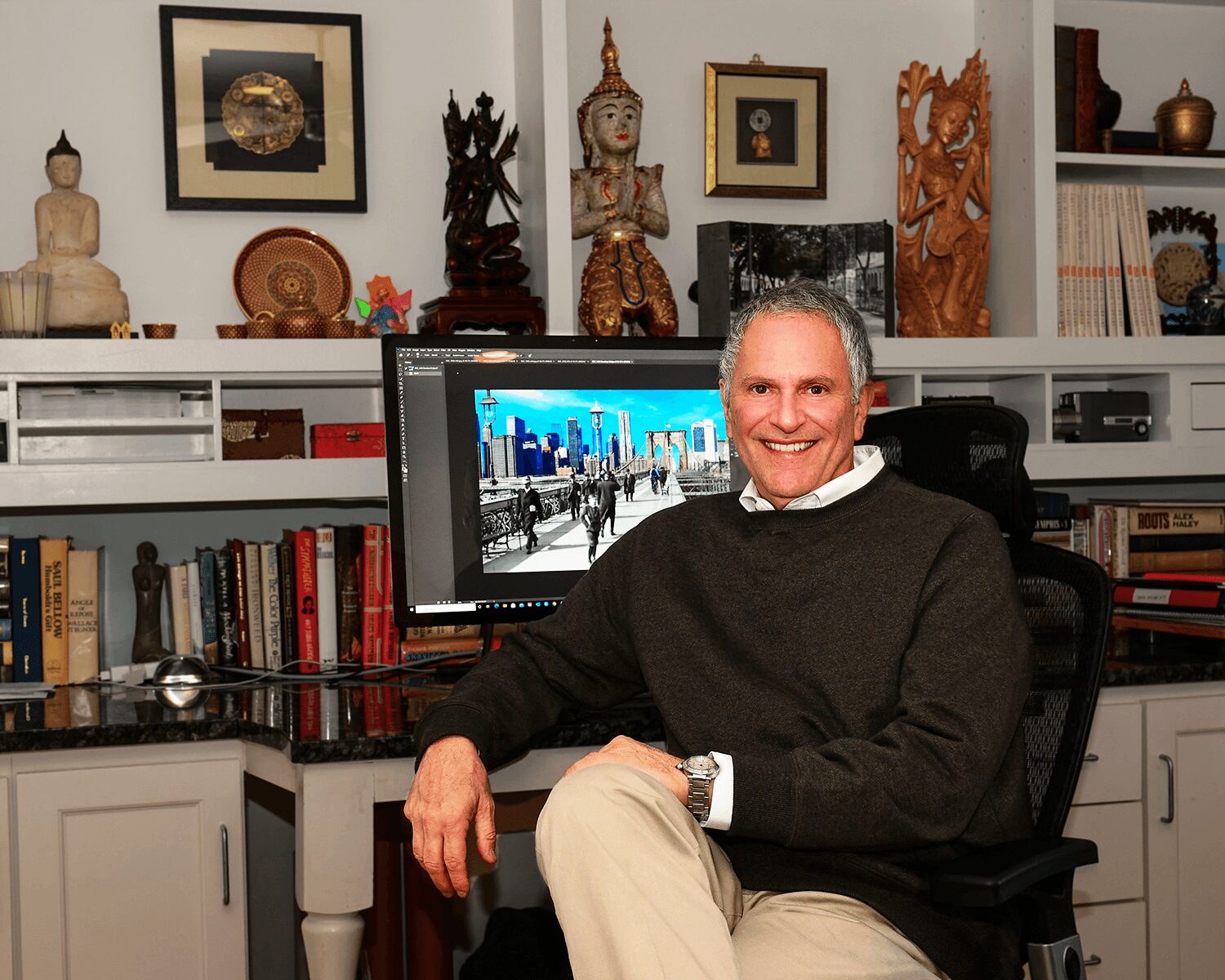We’re excited to introduce you to the always interesting and insightful Mark Hersch. We hope you’ll enjoy our conversation with Mark below.
Mark, thanks for taking the time to share your stories with us today Have you been able to earn a full-time living from your creative work? If so, can you walk us through your journey and how you made it happen? Was it like that from day one? If not, what were some of the major steps and milestones and do you think you could have sped up the process somehow knowing what you know now?
When I turned 60, preparing to retire from a career in marketing and advertising, I began to think about what I would do next. I had been taking pictures all my life, and by now photography had gone digital. Over the years I acquired some high-end equipment. I also taught myself Photoshop and other photo software programs.
Then one day in 2016 I came across some really old pictures of Chicago, where I have lived for over 20 years. These pictures dated back to the late 1800s and early 1900s. I thought it would be interesting to find those locations, take identical pictures a hundred years later, and compare them to the originals. I took a few and looked at them side by side with the originals. I didn’t even know there was a name for this: rephotography – pictures taken of the same place from the same vantage point at two different moments in time.
As interesting as it was looking at these images side by side, I thought it would be even more interesting to digitally blend them together, creating a single image that was part old and part new. I did a few of them and showed them to my friends. They were blown away. They suggested I show my work at art fairs and festivals. So, I did! But first, I needed a greater body of work.
By 2017 I had created 10 images. I applied to a few art shows in Chicago, and to my complete shock, I was accepted into all of them! Not only that, but I won several awards, got a bit of local publicity, and invitations to return the following year. But more importantly, people were buying my photographs!

Great, appreciate you sharing that with us. Before we ask you to share more of your insights, can you take a moment to introduce yourself and how you got to where you are today to our readers.
I’ve been taking pictures all my life. My parents bought me my first camera – a Kodak Instamatic – when I was 10 years old. I took pictures of everything: people, places, animals, nature, inanimate objects. It didn’t matter what, I just loved taking pictures. One of the most exciting things about photography back then was taking rolls of undeveloped film cartridges to the local drugstore and waiting days to see the prints once they were ready. They’d come back freshly delivered in yellow Kodak envelopes with center dividers separating the prints from the negatives. I still have hundreds of them.
It was also a time when I developed a lifelong interest in history. Growing up in Boston, my parents would take me to all the historic Revolutionary War-era sites, where, naturally, I’d take lots of pictures. I was 16 when we moved to Northern Virginia, just across the Potomac River from Washington DC., and I spent the entire first summer there exploring our nation’s capital. Later, during my college years at Virginia Tech, I visited many of the Civil War-era battlefields, such as Gettysburg, Manassas, and Antietam. These places left an indelible mark on me.
People who are drawn to may work share my love of history. So I’ve written a short story behind each image that encapsulates the history behind the artwork. I give the story, along with the source image I used to create the artwork, to every customer. That’s a surprise bonus – artwork with a history lesson!

What’s the most rewarding aspect of being a creative in your experience?
I’m an accidental artist. I had a whole career that had nothing to do with art before I started doing this. When I pivoted from world that into being a full-time artist, I think I discovered the two best things about being an artist. Number one: making a living doing something you love. A number two: making new friends I never would have met, artists and customers alike.
No matter how many art festivals I participate in, I still show up at every festival, look around think to myself, “how did I get so fortunate to be among so many talented artists who inspire me every day.”

In your view, what can society to do to best support artists, creatives and a thriving creative ecosystem?
I would encourage people to be much more aware of artificial intelligence, particularly the way AI-generated images are proliferating on the internet.
As a fine art photographer, I make my living selling my artwork. As do thousands of other photographers, painters and other creatives. Lately people are being bombarded with incredible images online. They’re seeing these astonishing “paintings” and “photographs”, particularly on social media, and not questioning whether they’re real. Why would they? They don’t realize they’re actually being deceived.
People could easily grow accustomed to seeing incredible artwork generated by AI and then not be all that impressed by the work of someone who actually created something real using their own imagination, skill, and expertise. If you could replicate my art by using AI, what would that do to the value of my work?
Although I’m just talking about visual art, the same discussions are being had in the literary, education and scientific worlds where plagiarism is a sad reality.
Again, I encourage people to be more conscious of AI. If you see an image that looks too unusual to be real, it probably isn’t.
Contact Info:
- Website: https://markhersch.com
- Instagram: @markherschphotography
- Facebook: @markherschphotography



Image Credits
All images created by Mark Hersch


